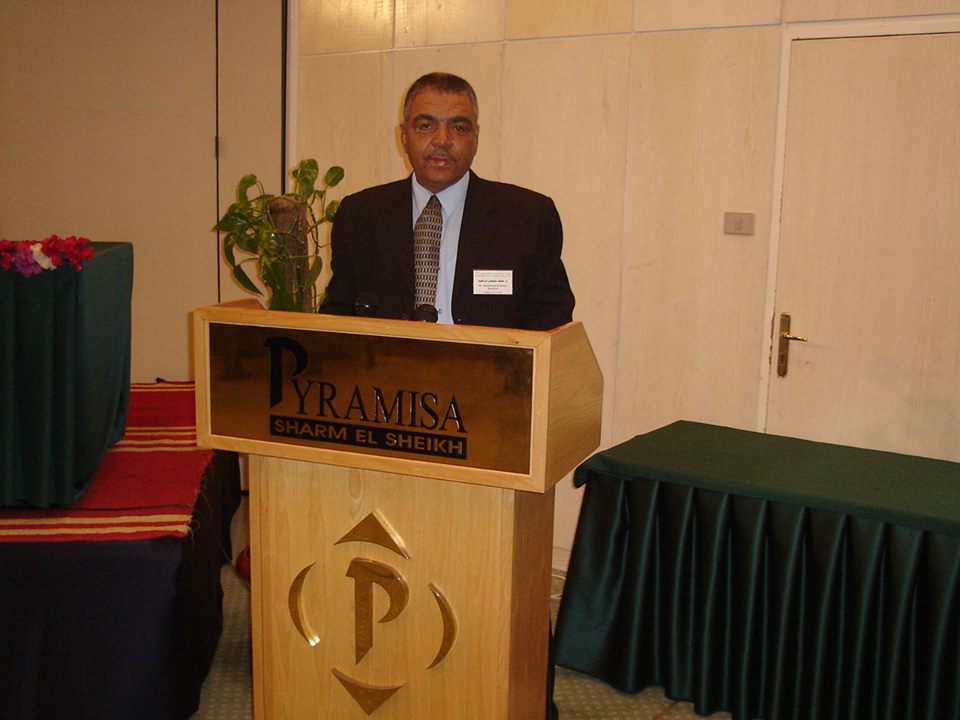Current research has been focused on the influence of land use on Fe and Mn status in
Sohag governorate soils, South Egypt. Soils were sampled from sites including the cultivated
floodplain, reclaimed lands, Wadi deposits and the wastewater farmlands at El-Dair, and El-Kola. For
these samples total and DTPA-extractable Fe and Mn were determined. Total Fe ranges 3.7-9.3%, 1.3-
12.3%, 2.5-5.9% and 1.9-7.0% in cultivated floodplain, reclaimed, wadi deposits and wastewater
farmland at El-Kola, respectively. Total Mn in the cultivated floodplain and reclaimed lands ranged
from 604 to 2193 mg kg-1 and from 275 to 3505 mg kg-1 respectively, while, in wadi deposits is
oscillating in the range 449-1181 mg kg-1. Fe and Mn exhibits positive correlation with clay and
organic matter content while it is negatively correlated with the carbonate content. The wastewater
disposal practice leads to abnormally elevated values of the available Fe in the reclaimed lands. In
the lands applied for wastewater disposal at El-Kola and El-Dair, available Fe ranges from 3.5 to
526.0 mg kg-1 and 25.4-878.3 mg kg-1 respectively. This suggests wastewater disposal increased the
risk of Fe loss to under ground water. Available Mn in cultivated floodplain soils ranges from 17.9
to 142.3 mg kg-1, but in the reclaimed lands and wadi deposit range from 4.3 to 269.0 and from 1.66
to 144.7 mg kg-1 respectively. The wastewater disposal practice has no marked effect on the soil
content of available Mn.

